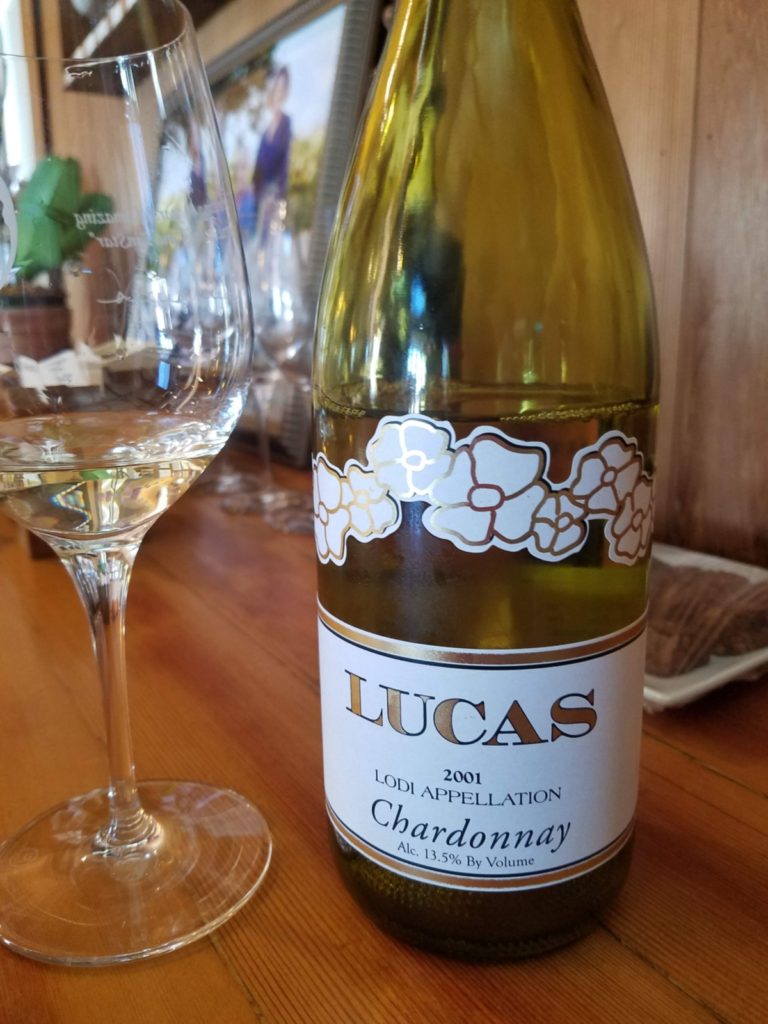“Oh Lord, stuck in Lodi again,” moaned John Fogerty, frontman of country-rock legends Creedance Clearwater Revival, in 1969. Fogerty hadn’t actually been to Lodi but anyone stuck in the Northern California town these days should count their blessings, kick back and enjoy the hiatus with a plate of local food and a fine bottle of wine.
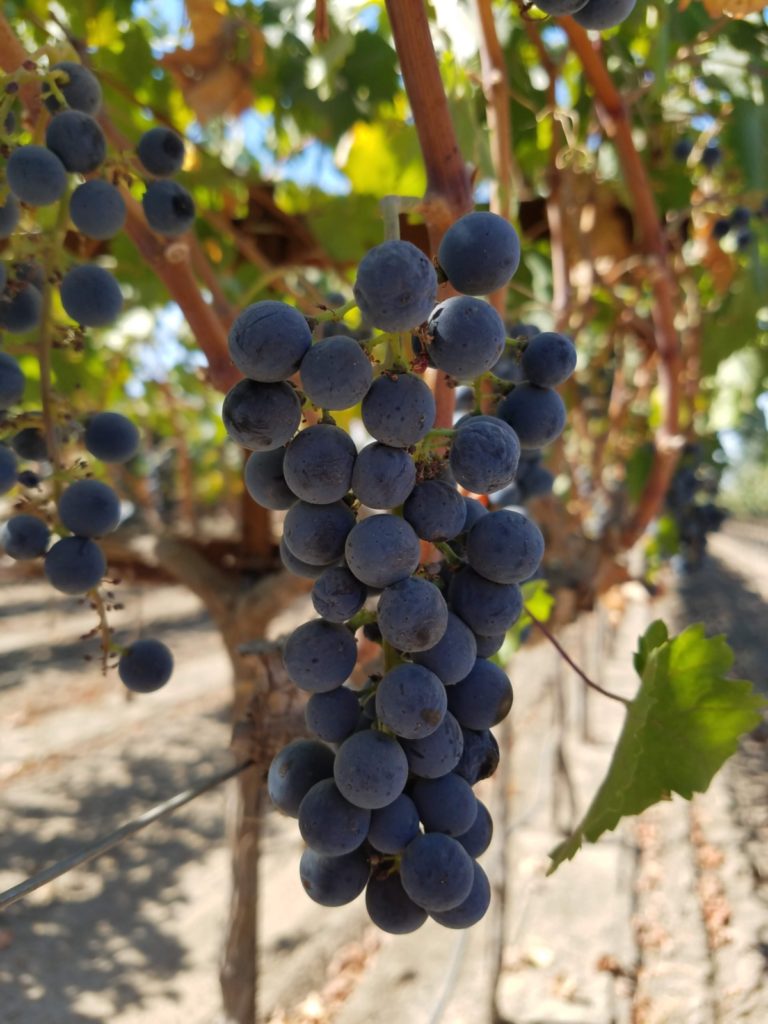
Once known as the watermelon capital of America, Lodi is now best known for zinfandel. It is the USA’s largest grape-growing region, supplying grapes to winemaking regions (including Napa and Sonoma) throughout the country and beyond its borders. And within the Lodi AVA (American Viticultural Area) itself a new breed of winemakers are turning those grapes into some spectacular wines.
Lodi is located in the Mokelumne River Valley, about 35 miles south of Sacramento, on the edge of the great San Joaquin and Sacramento River Delta. Rich soils, winter rainfall and a mild year-round climate tempered by cool breezes from the Delta are conditions particularly suited to growing zinfandel. Immigrant families, including Italian, Portuguese, Dutch and German, have been farming the land here since the mid-1800s and some vines are now more than 100 years old.
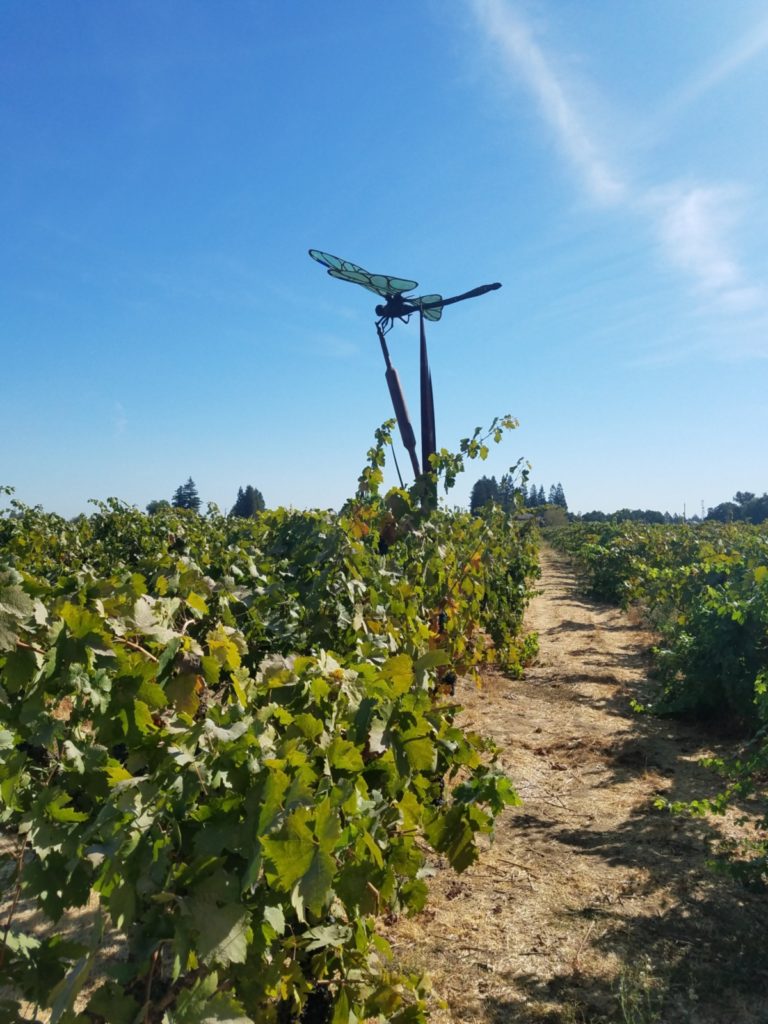
You’ll know when you enter San Joaquin County — the land is flat; vineyards and farm fields stretch toward the horizon in every direction. Downtown Lodi, with its distinctive Mission arch, vintage train station and water tower, has a lazy, laid-back charm. Some historic buildings still serve their original function, others re-purposed as boutiques and eclectic stores, restaurants and winery tasting rooms. Brick pathways shaded by leafy sycamores add to the small-town appeal.
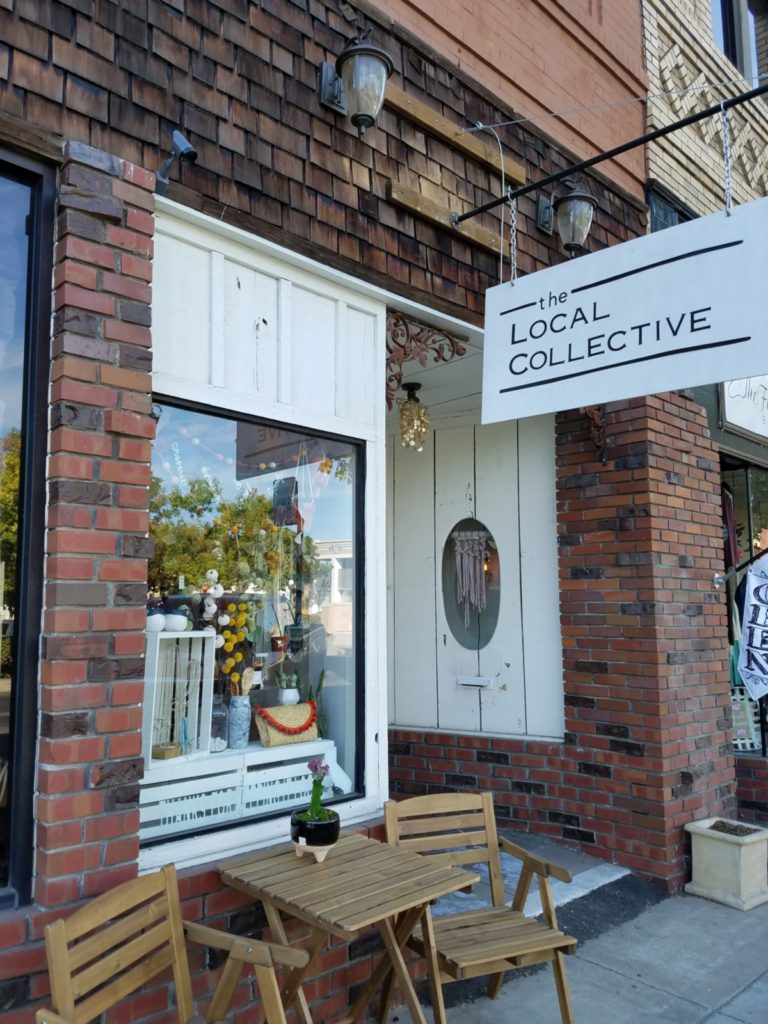
There are close to 100 wineries in and around Lodi. Michael McCay owns one of them. His downtown tasting room, backing onto the railway lines, was once a fruit-packing shed for Dole. Box cars still roll by from time to time, with a blast from the locomotive’s horn that rattles the tasting room walls. McCay grows his own grapes and makes some estate wines but he also has a passion for uncovering old and forgotten vineyards. A twisted and gnarly ancient vine hangs from the ceiling in his tasting room, testament to Lodi’s long history with the grape. McCay’s cinsault wine comes from grapes planted in 1886. The vines that yield his carignane date from 1906.
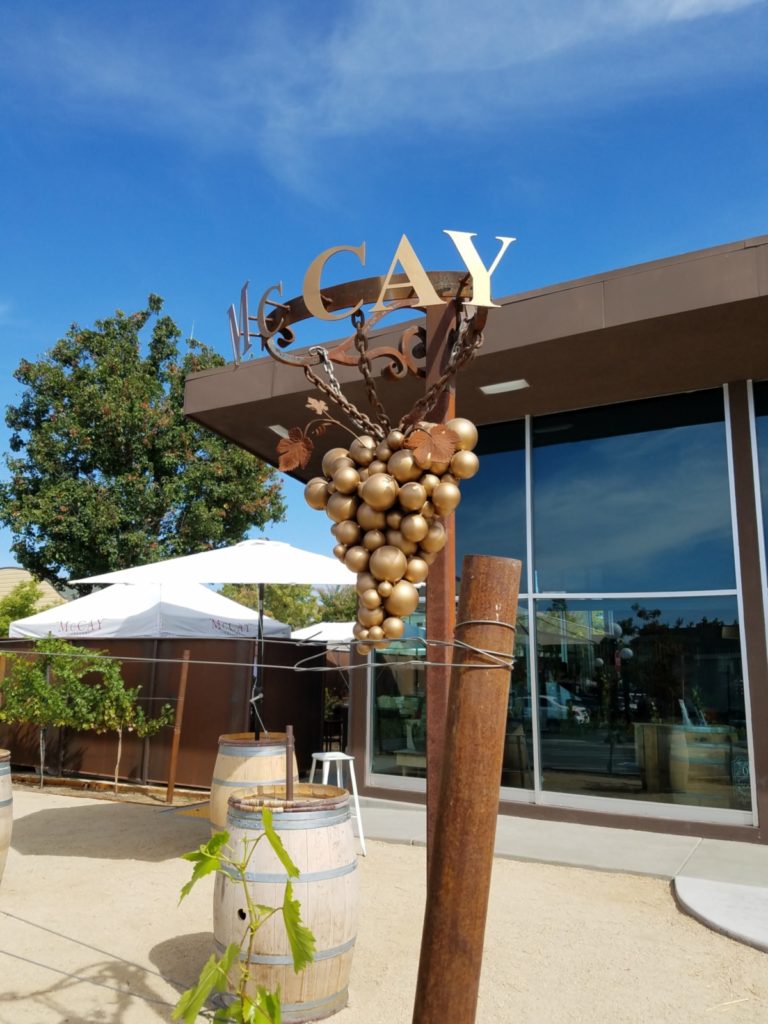
Steve Felten’s zinfandel vineyards were planted in the 1900s. He’s the fifth generation of a grape-growing family and since 2000, he’s been making those grapes into wine under the label Klinker Brick. His Old Ghost Old Vine Zinfandel, a big, complex wine with rich flavours and a peppery finish, is one of the Lodi AVA’s premier expressions of that grape. “Labour costs will push old vines out,” says Felten, whose sale of bulk wine by the tankful helps to underwrite his less conventional winemaking. That marvellous Old Ghost came from a vineyard that yields just ¼ ton of grapes per acre, when 4 or 5 tons per acre is closer to the standard.
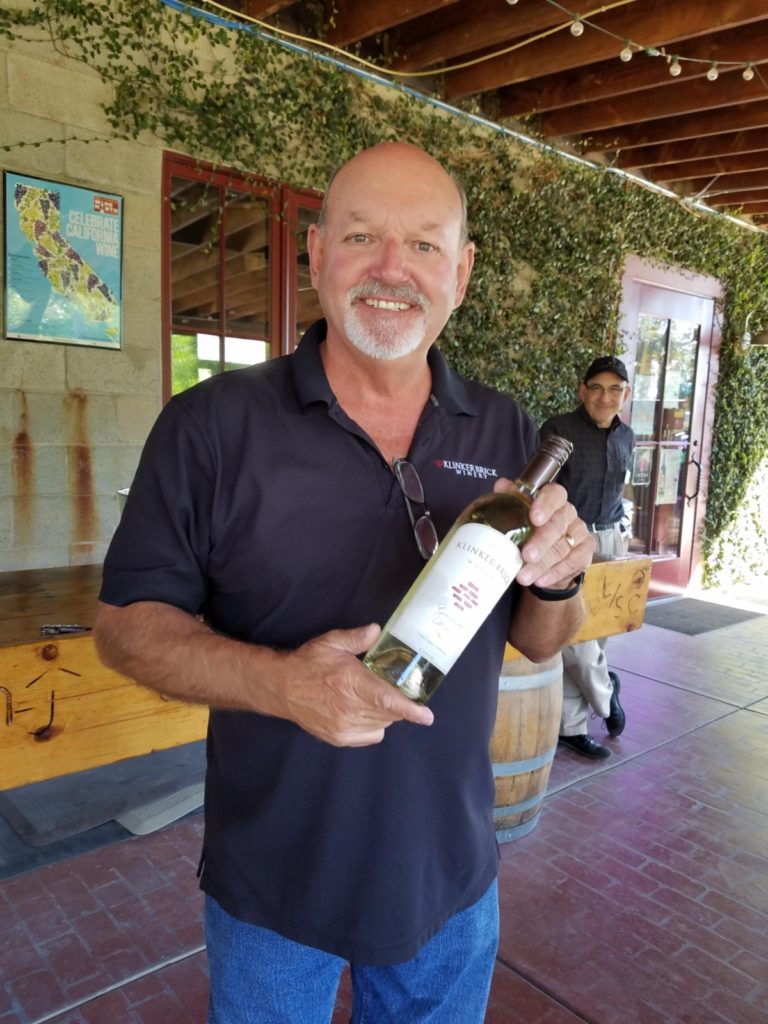
It is winemakers like McCay and Felten, uncompromisingly committed to quality and willing to take risks, who make Lodi wines so interesting. Zinfandel is the region’s signature grape but more than 100 other varieties are grown, including Spanish, German, Portuguese and southern Rhône varietals. It’s the variety of grapes that can grow here that makes Lodi interesting to winemakers, and its maverick winemakers who make Lodi a place to watch for wine drinkers.
It’s common to see owl nesting boxes on poles sticking up in the vineyards around Lodi. The “Lodi Rules” govern every aspect of the grape-growing and winemaking industries, from labour practices and water usage to pesticides and biodiversity. It’s a voluntary certification program — audited by a third party organization — that nearly every winery subscribes to. There’s a strong sense of community among Lodi winemakers, the majority of whom are small-scale producers and family-owned businesses.
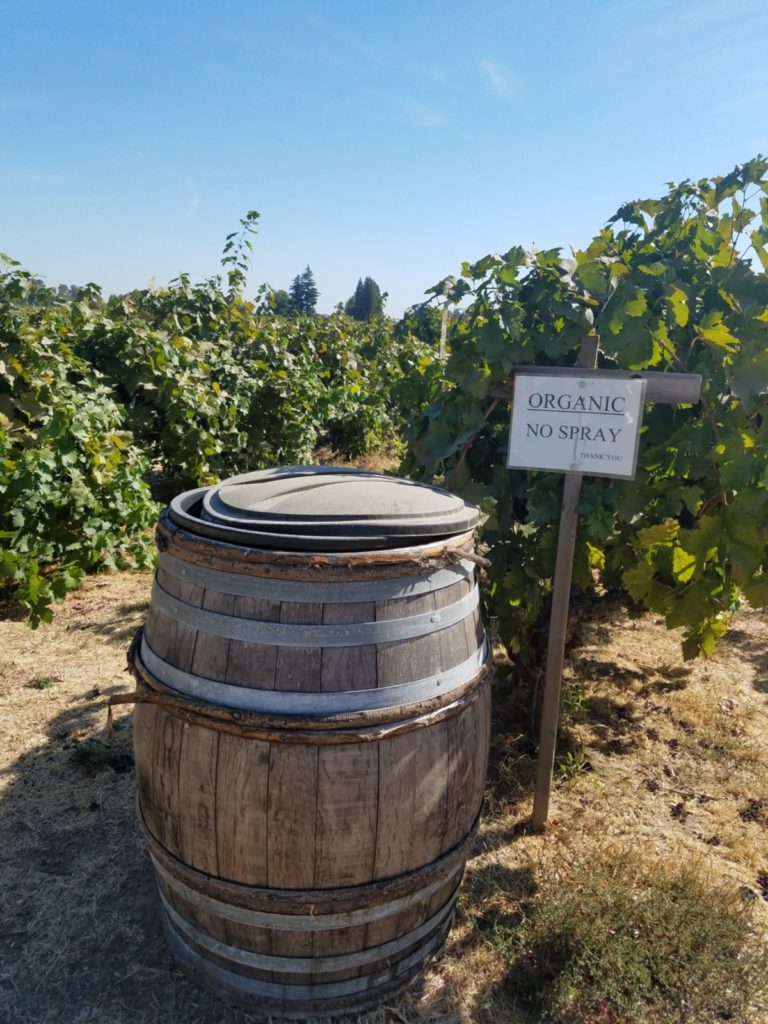
One of the bigger wineries in Lodi belongs to brothers Michael and David Phillips, who owe their success to a single bottle of wine. Their family has grown row crops – including grapes – since the 1850s. They opened a winery in 1976 but production was modest until the lads made a zinfandel that set their world on fire. Inspired by their Catholic upbringing (and a liberal sampling of the barrel), they named the wine Seven Deadly Zins, and it became the best-selling zinfandel in the USA. The Phillips’ roadside fruit stand is still there (the heirloom tomatoes are outstanding) but it now includes a tasting room, a bakery market and a café, surrounded by landscaped gardens, bocce ball courts, pumpkin patch and a u-pick flower garden.
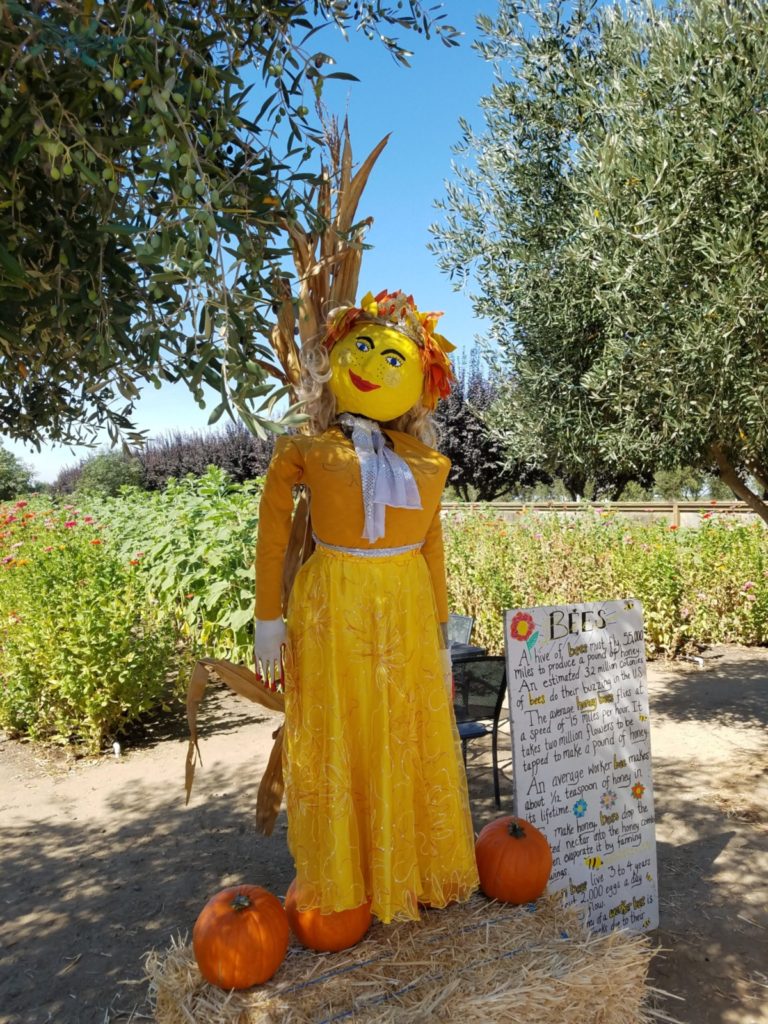
Two women winemakers are turning heads in Lodi. Self-described corporate wife-turned winemaker, Sue Tipton of Acquiesce Winery decided to make wine after being told her favourite tipple — a Château-Neuf-du-Pape by Château de Beaucastel,– was no longer available. She grows zinfandel grapes for another winery and concentrates her own winemaking efforts only on whites based on hand-picked, estate-grown Rhône varietals. “People said I’d never succeed if I only made white wines,” says Tipton, “But look where we are now. We’ll be sold out of wine by November and will open again in March. It’s been like that every year since we opened in 2012.” Tasting at Acquiesce includes small bites of food designed to pair with the wines – goat cheese with Meyer lemon and a thyme and violet flower confit paired with a 2017 grenache blanc enhances its lively minerality; a tapa of Manchego cheese, tomato and rosemary paired with a 2017 roussanne helps to tease out almond and honey notes.
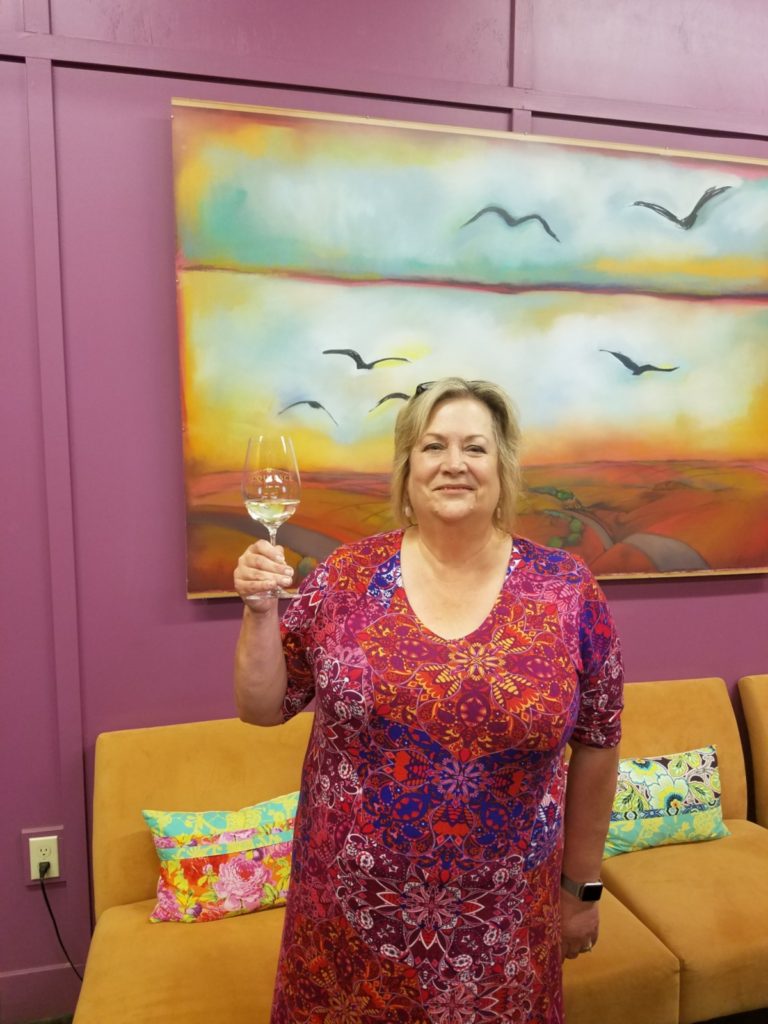
Heather Pyle-Lucas is the winemaker who helped Sue Tipton achieve her goal. The soft-spoken vintner spent 17 years as Robert Mondavi’s winemaker before moving to Lodi with husband David Lucas and opening The Lucas Winery, named Lodi’s Winery of the Year in 2018. These days Pyle-Lucas is a highly respected consultant oenologist responsible for assisting numerous winery start-ups in Lodi and elsewhere in California. At Lucas Winery she grows only organic grapes and produces unblended varietal wines, primarily zinfandel and chardonnay. She’s a highly technical winemaker and a perfectionist, producing just a small quantity of wine from each harvest. When that is gone, it’s gone.
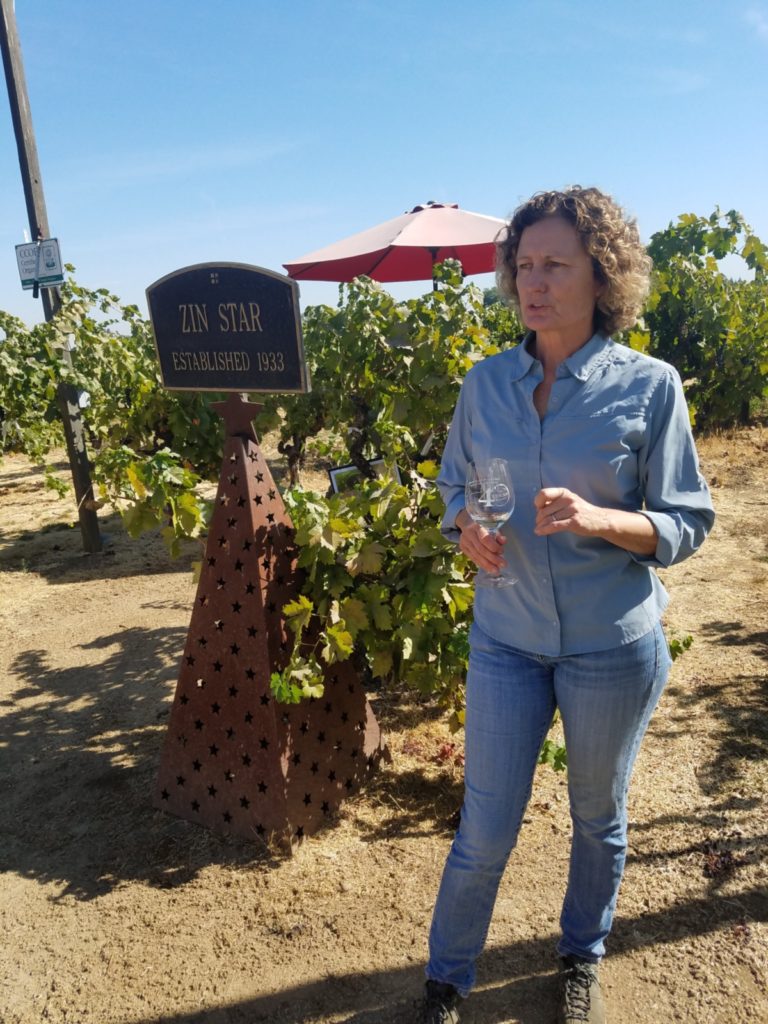
St Jorge is another winery that has benefitted from Pyle-Lucas’ expertise. Portuguese-American Vern Vierra produces red and white wines that reflect his Iberian heritage, including Port and a Madeira-style fortified wine. Vierra’s grandfather came to America from the Azores in 1954 and Vierra grew up drinking wine at the family table. Family-style is how he likes it at his winery and tasting room, where you’ll likely find him pulling corks behind the bar or cooking up a giant paella in the courtyard of his elegant Mediterranean villa.
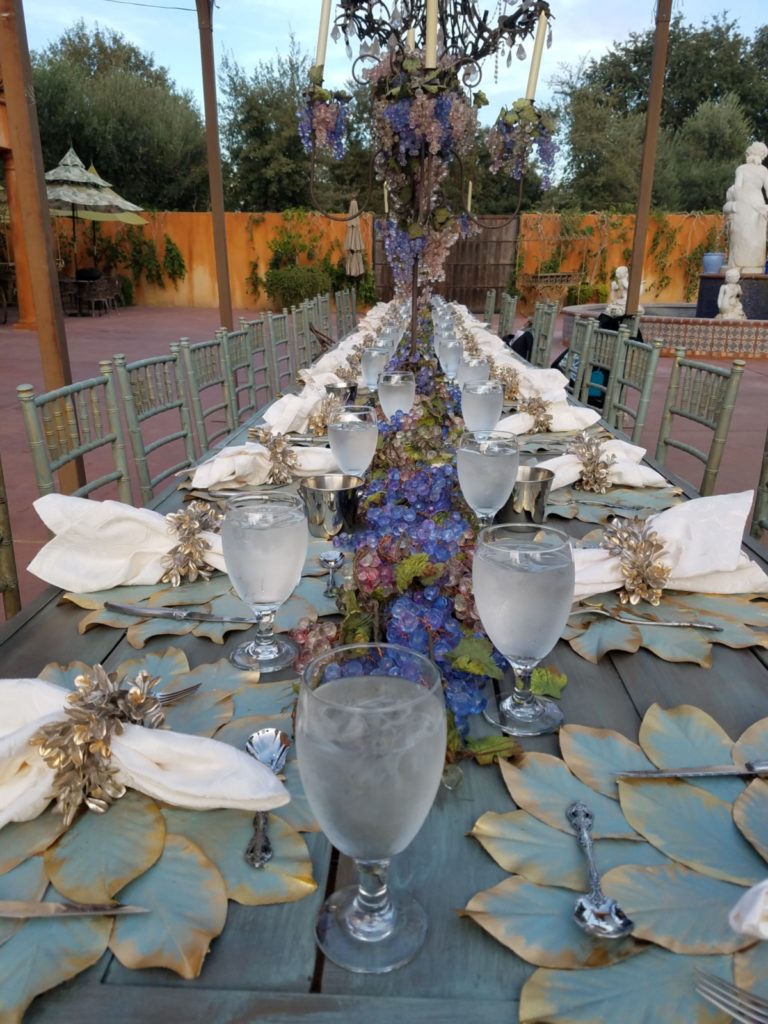
On the eastern edge of the Lodi appellation, in the foothills of the Sierra Madre, Markus and Liz Bokisch specialize in growing Spanish grapes. Markus is American but his family hails from Catalonia and his Basque blood runs deep. He and Liz spent time in Spain, learning from Spanish winemakers and sourcing the vines for their winery. They produce tempranillo, albarino and graciano wines, which can be enjoyed from the comfort of an Adirondack chair in their outdoor tasting room with a view over the vineyards and a massive stand of oaks.
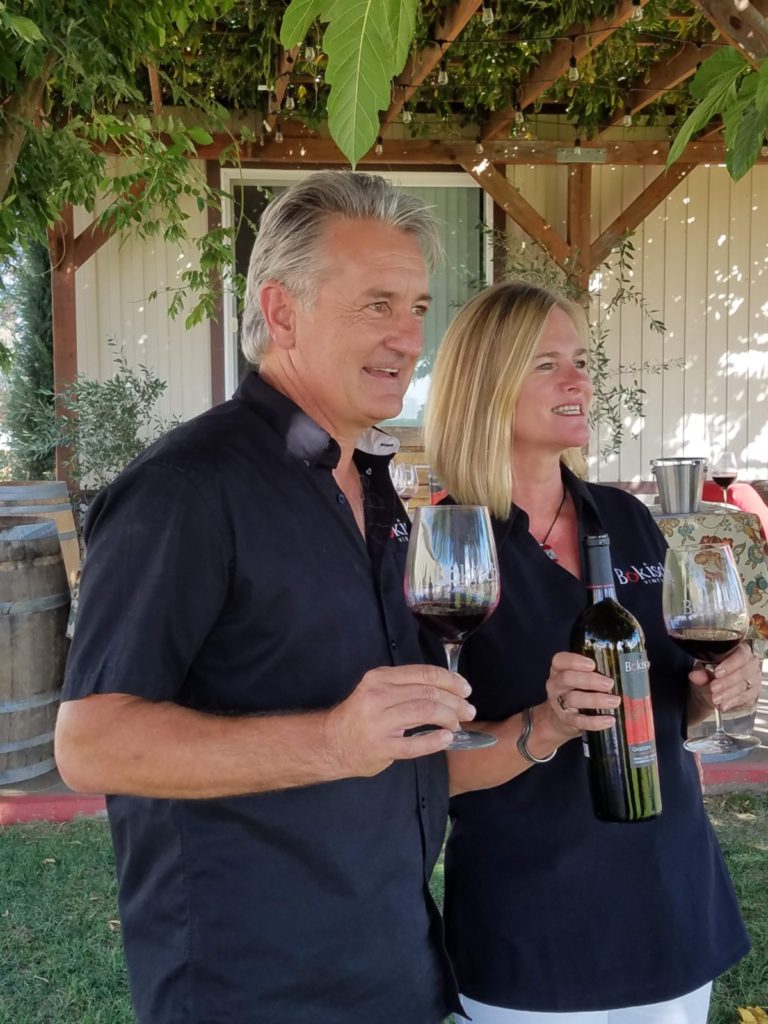
In low-key Lodi, Oak Farm Vineyards stands out. This high-end property is one–of-a-kind, centered on a majestic Colonial Revival mansion dating from 1876, and an even older barn. Owners Dan and Heather Panella live in the house, while the barn serves as a wedding venue and event space. In 2014 the couple opened a gorgeous Napa-style tasting room overlooking their 60-acre vineyard where they showcase Dan’s wines – three white varieties and eight reds, including a flagship barbera that speaks of Dan’s Italian roots. His family have been a fixture in the Lodi agricultural scene since 1936, when they established a trucking company that shipped Lodi crops to market.
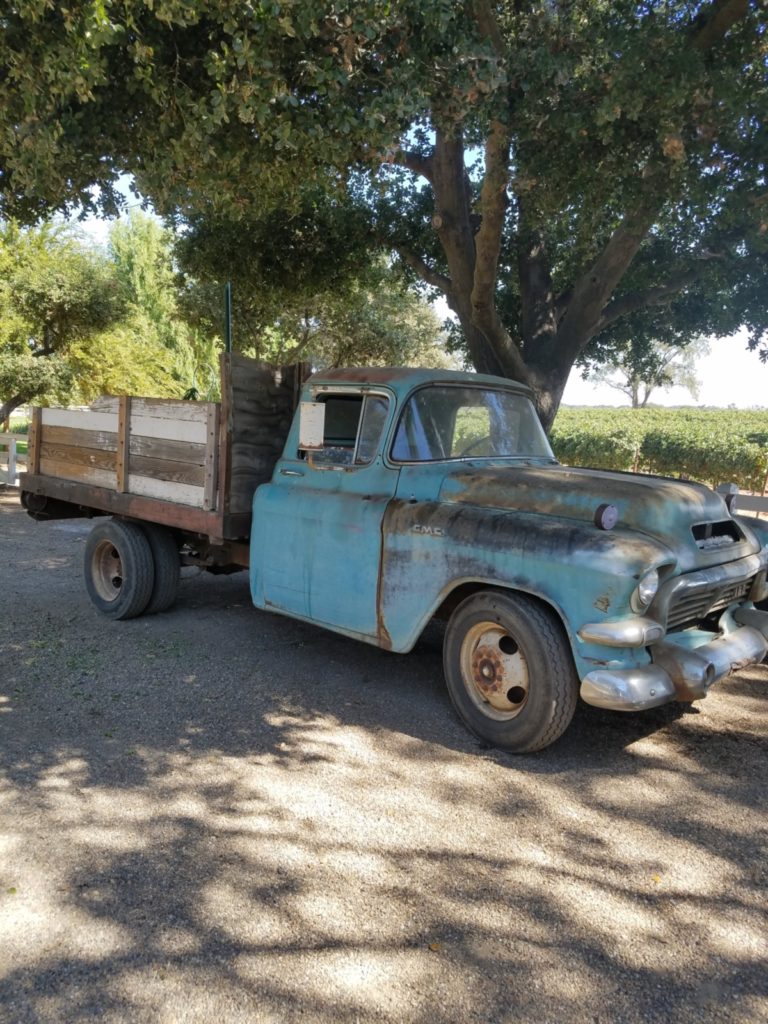
Good wine calls for good food and thanks to hoteliers Russ and Kathryn Munsen, Lodi has some of the best. They managed to lure Bradley Ogden, two-times James Beard Award winner and Michelin star chef, to, their lovely country estate hotel Wine & Roses, where he presides over the Towne House Restaurant and Towne Corner Café. Ogden was a pioneer of the New American cuisine, putting emphasis on local, seasonal ingredients and farm-to-table cooking, long before locavorism became hip. He came to Lodi to consult for the Munsens, but surrounded by wonderful ingredients and people who put community before commerce, he fell in love with the place and decided to stay. Herbs, vegetables, fruit and flowers grown in the verdant grounds of Wine & Roses make their way onto Ogden’s menu, along with produce from the Central Valley, California’s premier agricultural region. Matched with Lodi wines, a meal at Towne House Restaurant is a genuine treat.
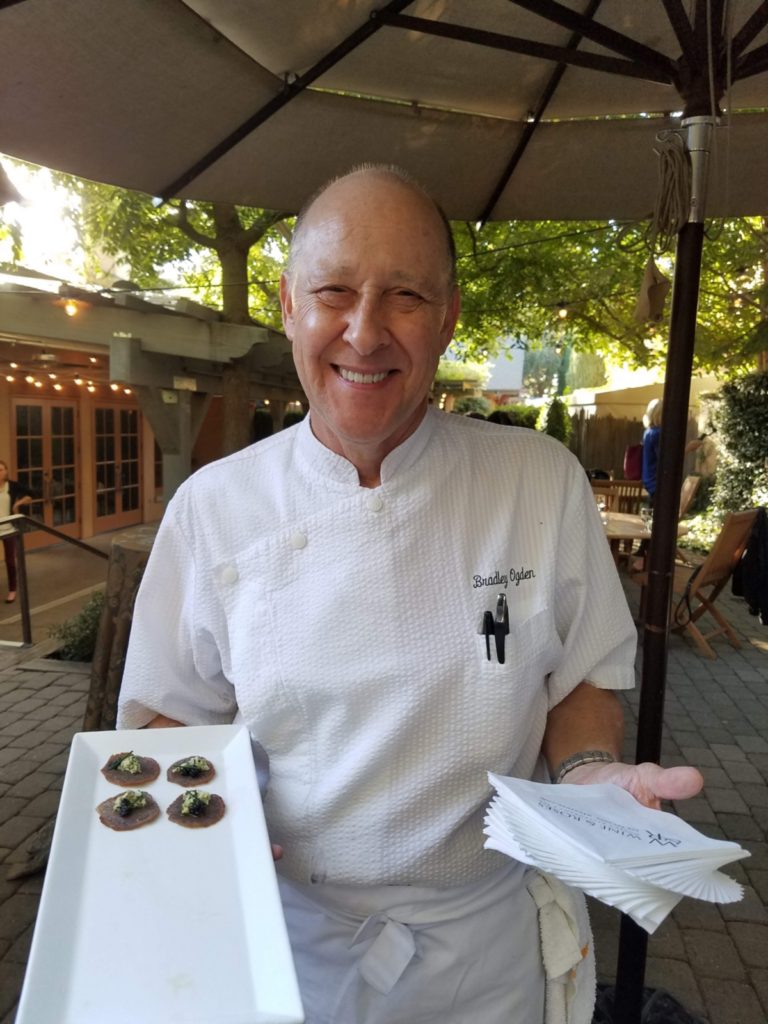
David Lucas was one of the first winemakers to see the potential of Lodi and lobbied for its designation as an American Viticultural Area (AVA), which was granted in 1986. Back then, the region was known for jug wine and Lucas went door-to-door with samples of the estate-bottles wine he and Heather were making. Wine merchants loved the wine but didn’t want Lodi Appellation on the label. Like John Fogerty they gave Lodi a bad rap. In 2015, Wine Enthusiast Magazine named Lodi “Wine Region of the Year.” Seems the pot of gold Fogerty was lookin’ for was there after all.
